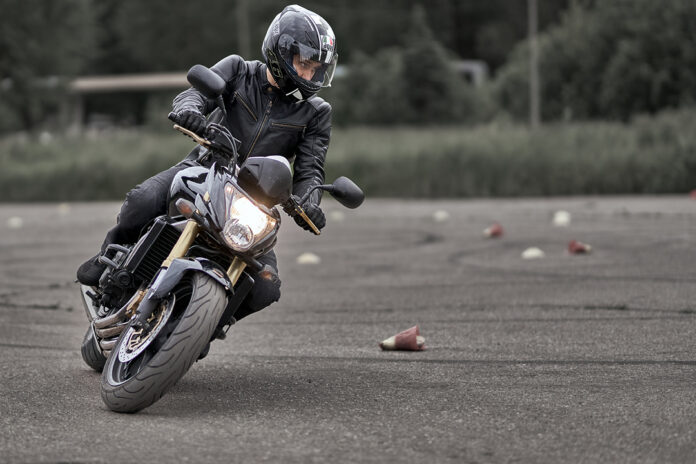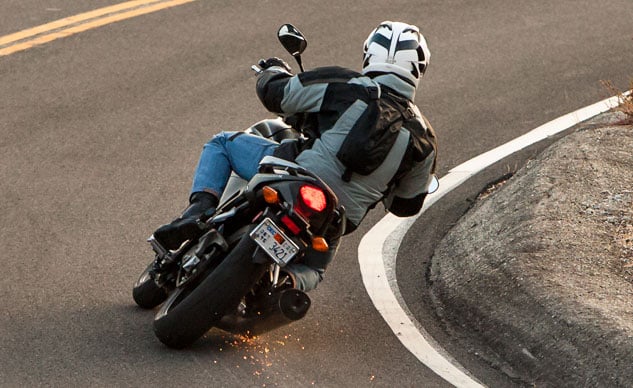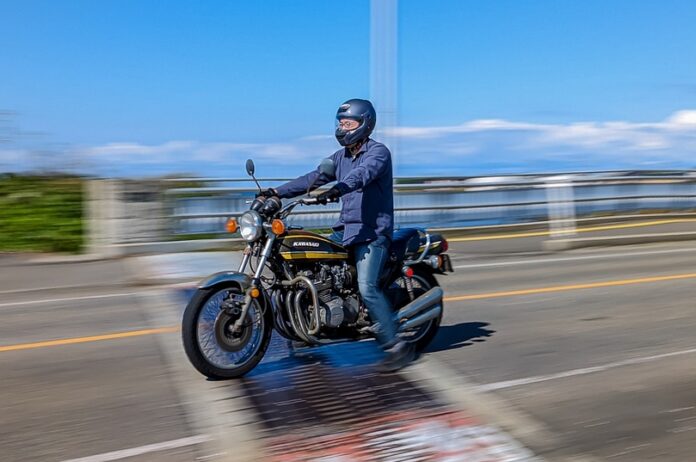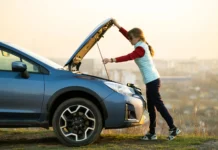As a new motorcyclist, it is important that you know the best ways of staying safe while riding. So, make sure you always remember the following eight vital tips.
What if You Are Involved in a Motorcycle Accident?
You can better ensure you are not involved in an accident when you follow the safety tips listed below. But if you are involved in a road accident, you should know what to do.
If you are badly injured, you should call 911 and wait for emergency services to arrive. Even if you only have injuries that appear to be minor or no noticeable injuries, you should get checked out by a healthcare professional as soon as possible.
If you can, move your bike to the side of the road to prevent the potential for further accidents. Also, swap details with the other party involved in the accident and get the contact details of any witnesses.
If the accident is not your fault, you have the opportunity to obtain compensation by filing a lawsuit. With the help of a personal injury lawyer with experience with motorcycle accidents, you could gain compensation to cover the cost of things like medical bills and lost earnings.

1. Always Wear the Right Protective Clothing
To help you avoid being injured in an accident when riding, make sure you always wear the right protective gear. Reinforced biking gloves can protect your hands should you fall off your bike. They also provide a better grip for controlling your motorcycle.
You should wear a multi-season jacket to protect your torso against scrapes during falls. And you should always wear protective boots that protect your feet and ankles.
You might also like to consider wearing a pair of lightweight goggles to protect your eyes and a good pair of motorcycle riding jeans for maximum comfort.
Of course, you should never ride a bike without wearing a helmet, regardless of how short your trip is. Head injuries can be serious injuries that cause long-term health problems. They are also injuries that result in more fatalities. So, never forget to wear your helmet.
Also, be aware that some helmets provide less protection than others. For example, half helmets give less protection than full helmets with flip-up vizors.
2. Get a Motorcycle That You Can Handle Easily
You might be tempted to get one of the best and most powerful motorcycles around, but as a new motorcyclist, it is important that the first bike you ride is one that you can easily handle. As you become more experienced, you could change to another bike later on.
Any motorcycle you ride should be easy to mount, with both feet flat on the ground. And grip handlebars and levers should be easily reachable. If a bike simply feels too heavy, it is probably not the best motorcycle for you.
For beginners, it is usually a good idea to begin with a smaller twin-block engine of up to 300 cc. Or if you are intending on riding highways a lot, a 750-cc motorcycle could be a good choice.

3. Ride Like You Are Invisible and Always Stay Alert
One of the best tips that new motorcyclists should remember is to ride as though you are invisible. In other words, assume others on the road cannot see you. By adopting that attitude, you will not rely on the competence and attention of drivers to keep you safe.
You should always be alert and on the outlook for vehicles that could suddenly do things like swerving across lanes. You should also make sure you remain alert to maintain a safe distance between you and the vehicles ahead and to spot any potential upcoming hazards.
4. Pay Attention to Cornering
Many new motorcyclists panic when cornering. In turn, that increases the chances of coming off the bike and being involved in an accident. So, pay extra attention to cornering. You should focus on the exit or as far around the corner as much as possible.

5. Make Sure You Keep Your Brake Covered
In certain situations, you should double your reaction time in order to stay safe. One instance when that is true is during fast twisting along back roads.
In such situations, get into the habit of always covering your brake with one or two fingers so that you can react more quickly if you need to suddenly brake.
Also, remember that your front brake has more stopping power than the back brake, so the majority of your slowing and stopping power should be focused on the front brake of your motorcycle.
6. Balance Your Stance as You Ride
When you first start riding in traffic, you might find yourself naturally tensing your body and overworking your muscles.
Well, a taunt stance is not the best stance to have because you will ride poorly if you squeeze your knees hard against the frame and grab the handles too tightly. You will become more tired more quickly, too.
So, loosen up and balance your stance as you ride, as you should have been taught when you were instructed on how to ride a motorcycle.
7. Be Cautious When Filtering
One huge benefit of riding a motorcycle is that you can filter through traffic when it comes to a halt. But when you do so, do not be overconfident. Always proceed with caution when filtering. Stay in a low gear and always use a finger to cover the brake.
Also, make sure you remain vigilant for signs of vehicles that could be about to side-swipe you.
8. Avoid Riding in Bad Weather Conditions
As a new motorcyclist, you need to take things gradually. So, when you first start riding, get experience behind you, build up your skills, and familiarize yourself with roads and drivers’ behavior before you begin driving in unfavorable weather conditions.
It takes a lot more skill to ride in rain, for instance, than it does on a clear and sunny day. And regardless of your amount of experience, you should avoid riding in very bad weather conditions if possible.
For example, riding in heavy rain can increase your risk of being involved in an accident because you will have reduced visibility. And in high winds, you could be pushed over when shifting your path.





![Calgary’s Hottest Neighborhoods for Luxury Homebuyers [2024]](https://thewashingtonote.com/wp-content/uploads/2024/04/Calgary-324x160.png)



